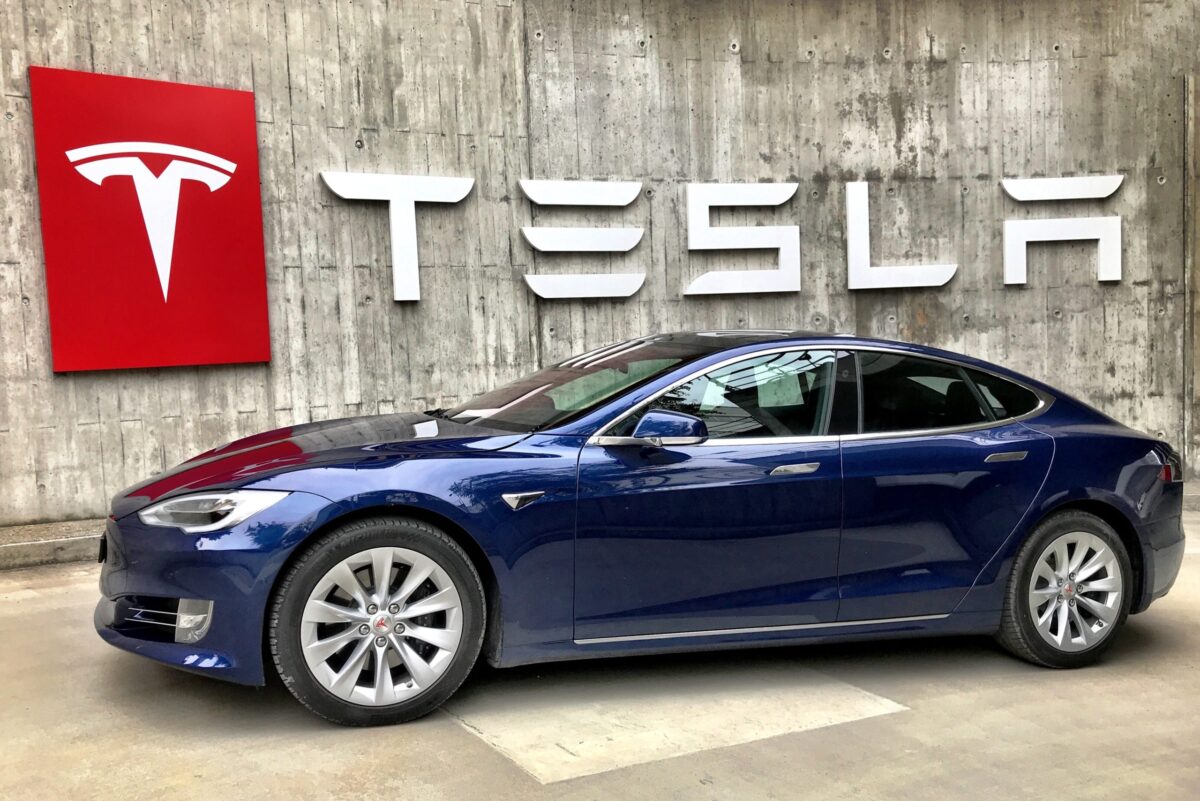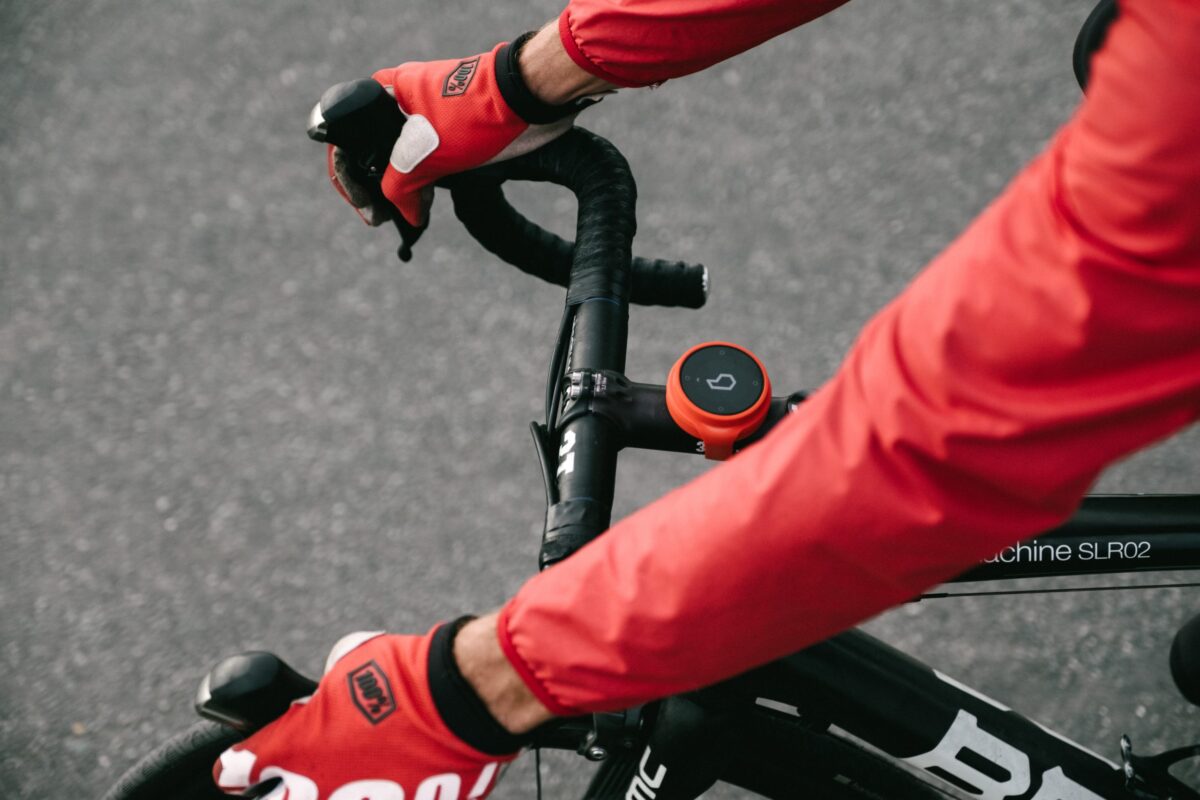

By Judith Glaser
Why and How of Engaging Customers
Gallup’s State of the American Consumer report states, “Fully engaged customers are more loyal and profitable. Afully engaged customer represents a 23 percent premium in terms of share of wallet, profitability, revenue, and relationship growth.”
How can you effectively engage with your customers who operate at warp speed? We live in a world of right now, and the demand for instant results is seeping into every corner of our lives. Instant gratification is no longer a desire—it is an expectation.
In what Qualtrics calls the “era of immediacy,” we now operate in real-time and expect everything instantly. To engage with their customers and satisfy their need for speed, businesses must re-engineer their approach. Today, it’s about giving the customer what they want, when they want it and how they want it—or they’ll go someplace else.
Fast data is gathered quickly and shared and acted on quickly, before its shelf life expires. Fast data delivers the information needed to help address specific issues, drive results and propel innovation in the moment. Fast data helps enterprises gather real-time insights into what customer are thinking so they can address issues in the now and keep customers happy. Enterprises need to catch customers and employees when they’re thinking it. Forrester Research predicts: “In the age of the customer, the race will be won or lost based on your firm’s ability to know your customers and react faster and better.”
For example, the Viceroy Hotel Group used fast data to uncover valuable insights about potential customers that boosted the hotel’s bottom line. Using Qualtrics Site Intercept product, the VHG experienced a sudden surge in local web traffic. Managers scratched their heads. The locals weren’t planning to stay there, so what was up with all the traffic? In less than an hour, the LA-based hotel set up an online survey using Site Intercept that asked local visitors what they were looking for. It turned out they wanted a happy hour menu. A quick fix allowed the hotel to make the happy hour menu available to anyone from the LA area who visited the website. With fast data, the VHG delivered potential customers exactly what they wanted, which boosted the hotel’s bottom line.
Meet the Voice of the Customer
Enterprises struggle with having access to the right information at the right time and place in order to interact with customers, build new products, and improve service. This is why most leaders are investing resources to strengthen their customer engagement programs. This renewed commitment to customer engagement impacts how enterprises approach their Voice of Customer (VoC) initiatives. VoC is now a strategic initiative for better understanding customers and responding to their specific needs.
For example, JetBlue, another Qualtrics’ customer, noticed that their NPS score at a Philadelphia airport was very low for an early morning flight. By focusing on this insight, JetBlue could trace customer dissatisfaction to the fact that the shops and amenities in the terminal were not open when customers were looking for coffee and refreshments before their flight, making them grumpy. With this insight, JetBlue responded quickly by passing out water, juice and coffee at the gate in the morning to boost customer morale. This made a tremendous change in JetBlue’s satisfaction scores.
Customers now expect to give feedback, and to have that feedback acted on. This expectation is driving the demand for VoC. Organizations are looking to technology to address the new rules of customer engagement.
Today, anybody can gather data on nearly anything. The challenge isn’t in finding the right solution to help you gather data—it is in finding the right solution to allow you to access, and act upon those insights quickly and effectively. Otherwise, customers will go someplace else. Adapt or vanish, the old adage goes.
We can now collect insights faster than ever before, enabling us to make timelier and better business decisions, improve business results and create happier, engaged customers. This means more revenue and profits. In the era of immediacy,” actionable data enables us to give our customer what they want, when and how they want it.

Judith E. Glaser is CEO of Benchmark Communications, Inc., Chairman of The Creating WE Institute, an Organizational Anthropologist, consultant to Fortune 500 Companies, and author of four best selling business books, includingConversational Intelligence: How Great Leaders Build Trust and Get Extraordinary Results (Bibliomotion, 2013) Visit www.creatingwe.com orwww.conversationalingelligence.com; email jeglaser@creatingwe.com or call 212-307-4386.








